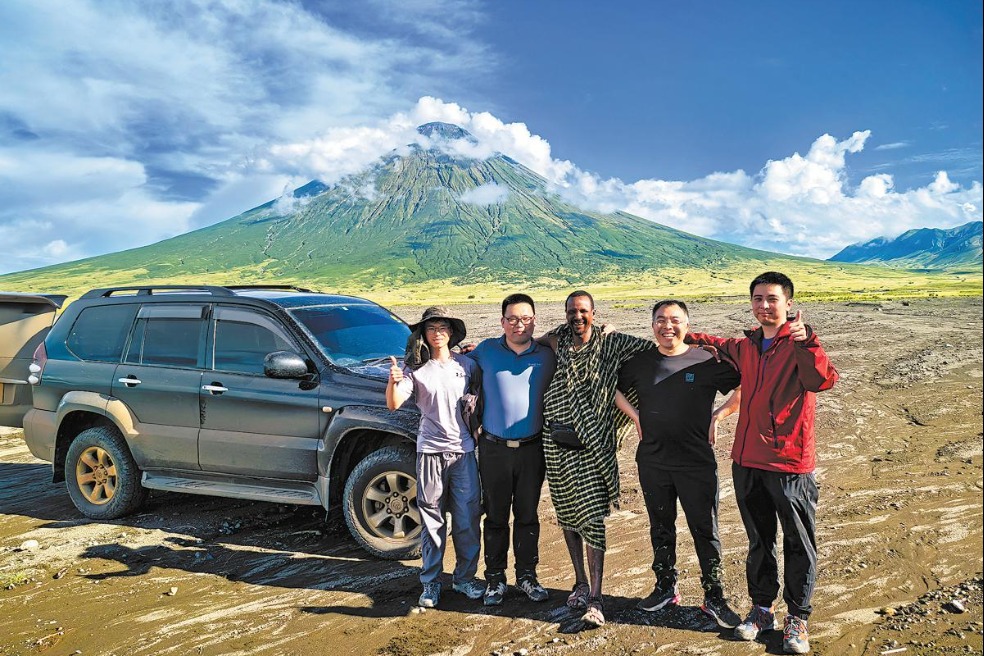Transportation upgrade puts villagers on road to riches
Improvements to the local infrastructure have resulted in higher incomes and better lifestyles. AYBEK ASKHAR reports from Yibin, Sichuan.


On a sweltering afternoon in 1996, Zhang Yunying, then a 44-year-old farmer, was furious with herself when she realized she had left her house keys at a store down the hill.
She was almost home when she realized, which meant it would take nearly two hours to walk back to the store and retrieve the keys, and even longer to get back to her hilltop home.
Back then, a narrow, steep and often muddy trail that passed through the hills was the only way for Zhang to reach the outside world.
"The trail leads to the county seat down the hill, where the villagers sell homegrown tea and buy groceries. My parents told me that it was also the main path for the transportation of salt long ago," Zhang said.
Her village lies above a deep mountain valley on the border between the southwestern provinces of Sichuan and Yunnan.
Many local trails, including the one Zhang took, were part of the Tea Horse Road, an ancient network of caravan paths that wound through the mountains.
A survey conducted by the State Council, China's Cabinet, and published in 2017 as part of the nation's first geographical census, showed that about 95 percent of Sichuan's land consists of mountains, plateaus or hills.
Those factors made it difficult to carve out roads for centuries.
That's why the trail Zhang took-dating from the Tang Dynasty (618-907)-was still in use until recently, although its poor condition and narrow width made it unsuitable for modern vehicles.
- First-ever cross-boundary torch relay held for National Games
- New cultural landmark starts trial operation in Shenzhen
- China, Russia to deepen practical cooperation in humanities cooperation
- New quality productive forces gather steam to turbocharge future growth
- Shenzhen named host city for APEC 2026 as China champions cooperation, green growth
- China to launch new-generation crewed spaceship in 2026




































